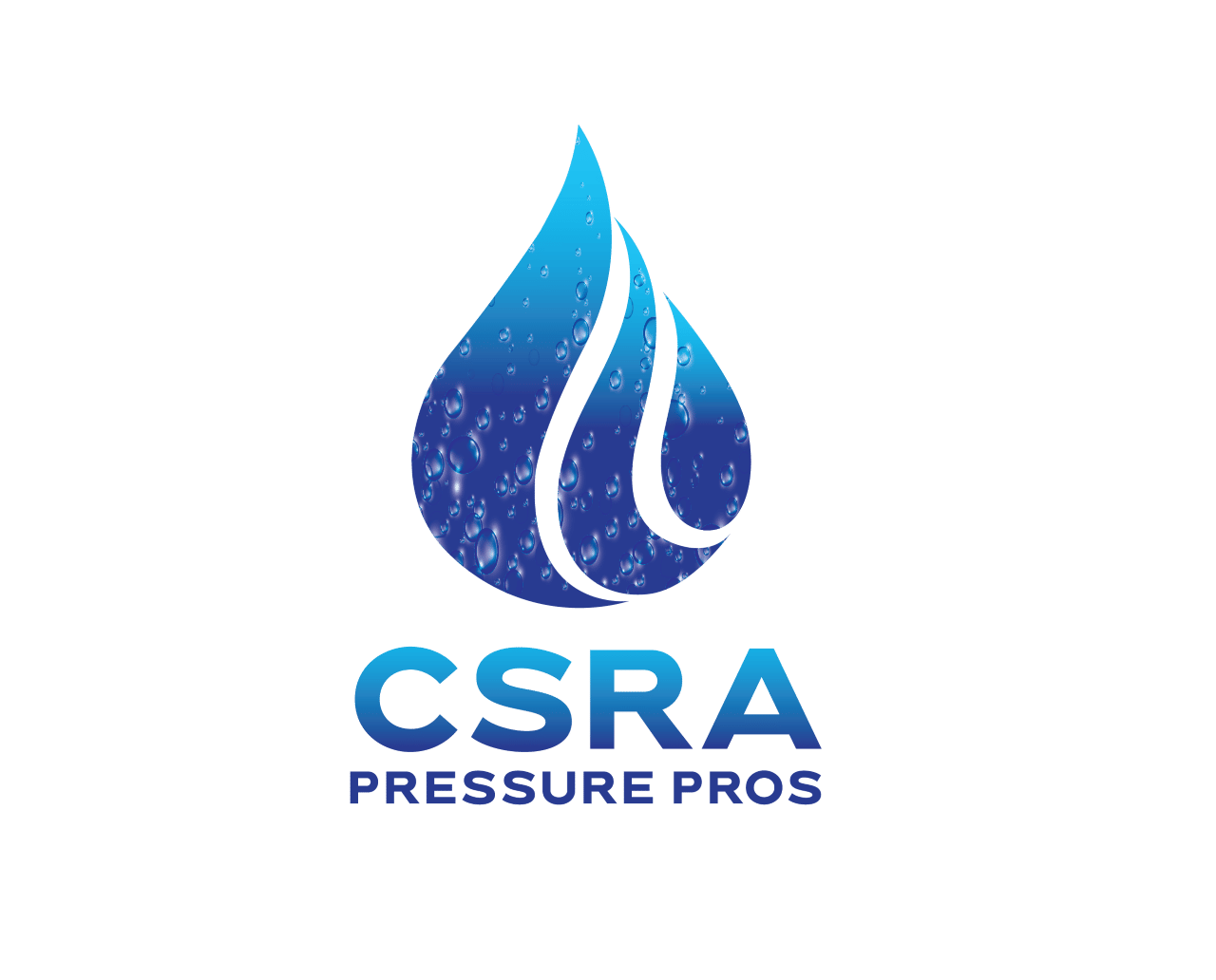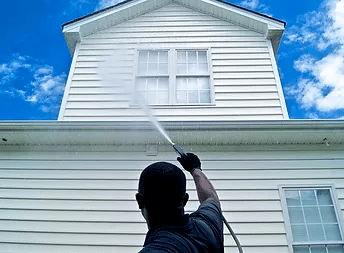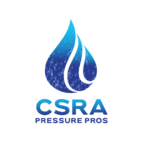Soft washing and pressure washing are two popular methods for cleaning and maintaining the exterior surfaces of buildings, driveways, and other outdoor spaces. While both techniques aim to remove dirt, grime, mold, and other contaminants, they differ significantly in terms of pressure, cleaning agents, and applications. In this comprehensive guide, we’ll delve into the details of soft washing vs. pressure washing, exploring their respective benefits, applications, and considerations.
Soft Washing: A Gentle Approach
Soft washing is a cleaning method that utilizes low-pressure water combined with specialized cleaning solutions to remove contaminants from surfaces. Unlike pressure washing, which relies on high-pressure water jets, soft washing is a gentler approach suitable for more delicate surfaces. The key components of soft washing include:
1. Low Pressure:
Soft washing typically employs pressure levels ranging from 100 to 400 PSI (pounds per square inch). This makes it suitable for surfaces like roofs, siding, and delicate materials that may be damaged by higher pressures.
2. Cleaning Solutions:
One of the distinguishing features of soft washing is the use of cleaning solutions. These solutions are tailored to specific contaminants, such as mold, mildew, algae, and moss. They break down and eliminate these contaminants without the need for high-pressure water, providing a more thorough and lasting clean.
3. Applications:
Soft washing is ideal for cleaning exterior surfaces that are prone to damage from high-pressure washing. This includes roofs, painted surfaces, stucco, and wood. Additionally, soft washing is effective for treating and preventing the growth of algae and other organic matter.
4. Benefits:
- Gentle on Surfaces: Soft washing is less likely to cause damage to surfaces, making it suitable for more fragile materials.
- Longer Lasting Results: The use of cleaning solutions helps prevent the regrowth of contaminants, resulting in a cleaner surface for a more extended period.
- Versatility: Soft washing can be applied to a wide range of surfaces, expanding its versatility in cleaning applications.
Pressure Washing: The Power of Force
Pressure washing, on the other hand, relies on high-pressure water jets to forcefully remove dirt, grime, and other contaminants from surfaces. This method is known for its power and efficiency but requires careful consideration of the surface being cleaned. Here are the key aspects of pressure washing:
1. High Pressure:
Pressure washing typically utilizes pressure levels exceeding 1,000 PSI and can go up to 4,000 PSI or higher. The forceful water jets are effective in quickly blasting away tough stains, dirt, and debris.
2. Surface Compatibility:
Pressure washing is best suited for hard surfaces such as concrete driveways, sidewalks, brick walls, and outdoor patios. It may not be suitable for more delicate surfaces, as the high pressure can cause damage.
3. Applications:
Pressure washing is widely used for heavy-duty cleaning tasks, including removing oil stains from driveways, stripping paint from surfaces, and cleaning large outdoor areas with stubborn dirt and grime.
4. Benefits:
- Highly Effective: Pressure washing is extremely efficient at removing tough stains and contaminants.
- Time-Saving: The powerful water jets allow for quick cleaning of large areas, making it a time-saving method.
- Versatility: While not suitable for all surfaces, pressure washing is versatile and can tackle a wide range of cleaning tasks.
Choosing Between Soft Washing and Pressure Washing:
The choice between soft washing and pressure washing depends on several factors, including the type of surface, the nature of contaminants, and the desired outcome. Here are some considerations to help you decide:
1. Surface Material:
Soft washing is preferable for more delicate surfaces, such as roofs, painted wood, and stucco. Pressure washing is suitable for harder surfaces like concrete, brick, and stone.
2. Contaminants:
Soft washing, with its use of cleaning solutions, is effective against organic contaminants like algae and mold. Pressure washing excels at removing built-up dirt, grime, and stubborn stains.
3. Desired Results:
Consider the level of cleanliness you aim to achieve. Soft washing may provide longer-lasting results, while pressure washing delivers a powerful and immediate clean.
4. Professional Assistance:
When in doubt, it’s advisable to seek the expertise of a professional exterior cleaning service. We can assess your specific needs and recommend the most appropriate method for optimal results without causing damage.
In the soft washing vs. pressure washing debate, there is no one-size-fits-all solution. Each method has its strengths and is suited to particular cleaning scenarios. Understanding the differences between soft washing and pressure washing allows property owners to make informed decisions based on their unique requirements. Whether opting for the gentle touch of soft washing or the forceful efficiency of pressure washing, maintaining the cleanliness and integrity of exterior surfaces is essential for the longevity and aesthetics of any property. Contact us today for your next exterior cleaning service for your home or business.


